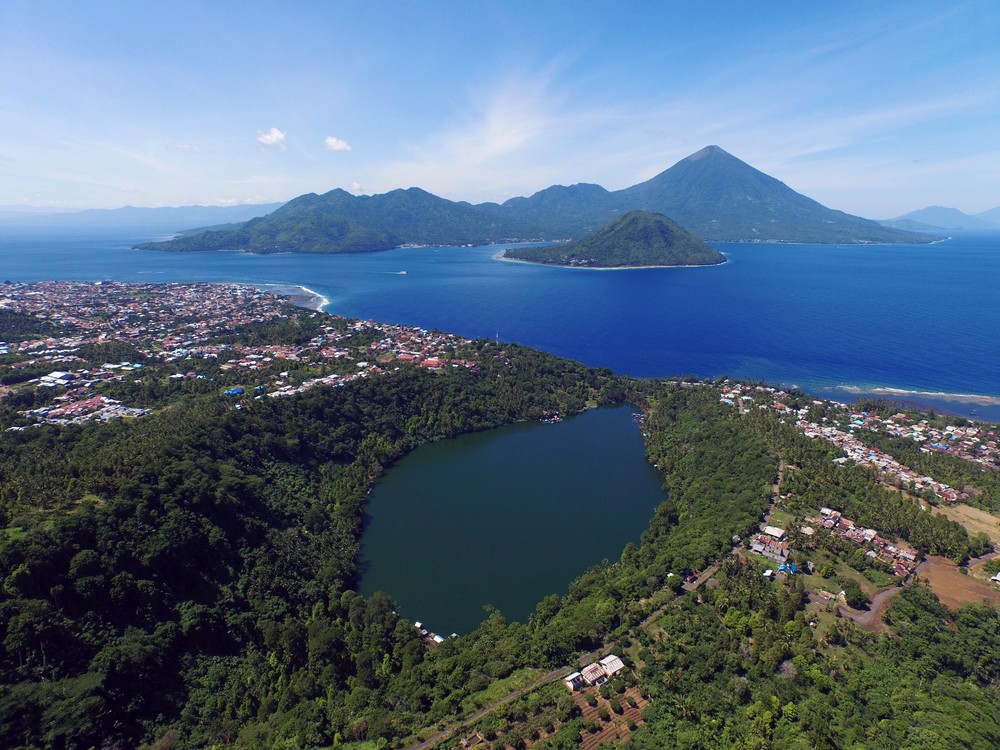This article was translated by John R. Bopp
We found this story so interesting that we just jumped at the chance to break the rules and blog about it even though it wasn’t brought up in any international media. It’s a report by Roge Blasco, the director of the Radio Euskadi program La Casa de la Palabra, when he interviewed author and researcher Julián Díaz.
The story is simple extraordinary. It brings together Basque, Juan Sebastian Elcano, Andrés de Urdaneta, and the king of an island in the Moluccas, also known as the Spice Islands, in today’s Indonesia, during the Age of Exploration in the middle of a struggle between the Kingdom of Castile and the Kingdom of Portugal for the control of the spice trade in the Far Orient.
After captaining the first ship to circumnavigate the globe (which, incidentally, had been built in Ondarroa), Elcano embarked on a new adventure, which was never finished because he died on the journey: the expedition of García Jofre de Loaísa. On this voyage, whose objective was the control of the Moluccas and its spice production, the explorer from Getaria brought with him Andrés de Urdaneta as an aide; later, de Urdaneta would become one of the great cosmographers of his time, as he would go on to discover and document the route from across the Pacific from the Philippines to Acapulco, known as the “Urdaneta Route” or tornaviaje. What’s more, over 100 Basque made up part of the crew.
Elcano, on his first voyage, had landed on the island of Tidore, one of the Moluccas, where he had established good relations with its king and his young son. He stayed on that island for two months while loading 25 tons of clove, a very expensive spice.
And that’s why the Loaísa expedition set out for the same island, since, as we said, they were looking to control the spice trade. After a terrible journey, they reached the “friendly island” of Tidore and began to face up to the Portuguese in order to control those waters and the spice trade. When their boats were damaged, they ended up living on the island.
Living with those Basques, the then prince of the island learned Lengua Bizcainha, as we’re told by Fernão Lopes de Castanheda in his chronicle, História do descobrimento e conquista da Índia pelos Portugueses when he talks about the then king, as Julián Díaz writes in his blog:
E el rey seria de xvij. annos, & era aluo & gentil home : estaua vestido muy ricamete, & tinha grade magestade & estado,estaua acõpaniiado de seus jrmãos , & de muytos mandarins.E como se criara co os Castelhanos sabia bem a sua lingoa: & Bizcainha, & Portuguesa: & prezauasemuyto de as falar.
The king would have been 27 years old, and was a white and gentle man. He was dressed very richly, and had great majesty and status; he was accompanied by his brothers and by many mandarins. And since he had grown up with the Castilians, he knew their language well: as well as Biscayne and Portuguese, which he very much appreciated speaking.
As Díaz well reflects:
The conclusion that can be reached is that the three languages, Spanish, Basque, and Portuguese, were the languages of daily use during the expedition; otherwise, the prince wouldn’t have bothered learning them. Castanheda gets excited when the king speaks Portuguese, as he is an enemy of Portugal. The same excitement the Basques must have felt to hear Basque in such a remote place, or not?
To finish, we just have a couple points to make. The first is that we really, really want to read the historical novels Julián Díaz has written: El Secreto de la Nao Victoria and Flor de Clavo. The second is to exclaim what an amazing place the Island of Tidore is!
As we said, this is an extraordinary story that we’ve learned about thanks to the work of Julián Díaz and the program run by Roge Blasco.
Sangre y Especias – 20/7/2017 – España
¿UN REY ASIÁTICO QUE HABLABA EUSKERA?
Teniendo en cuenta que en la expedición había gente de una docena y media de lenguas diferentes, me ha llamado la atención no haber encontrado ninguna referencia sobre este tema, en la abundante documentación de la expedición . Solo en material “externo” he hallado un par de pinceladas sobre el manejo de ellas. Voy a trasladaros la primera pincelada.
(Continue) (Automatic Translation)
La casa de la palabra – 27/10/2017 – Euskadi
Hace 500 años el rey de las islas Tidore, en Indonesia, hablaba euskera
Julián Díaz investiga las navegaciones de Juan Sebastián Elcano y Andrés de Urdaneta hacia las Islas de las Especias y las traslada a su novela El secreto de la nao Victoria.
(Continue) (Automatic Translation)


Last Updated on Sep 6, 2022 by About Basque Country




























